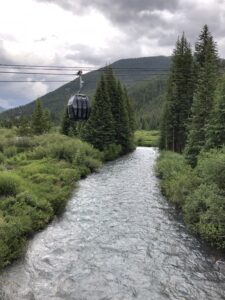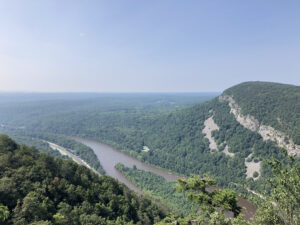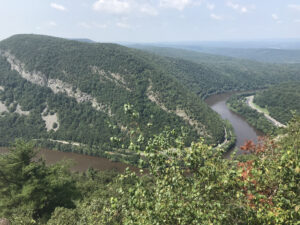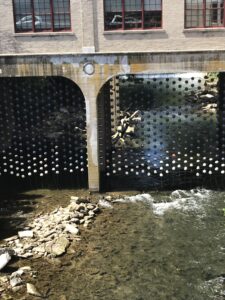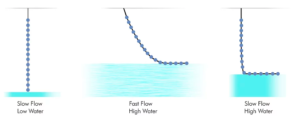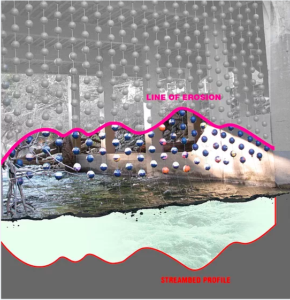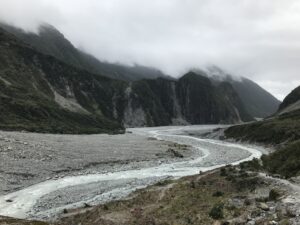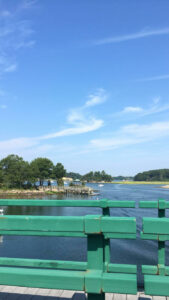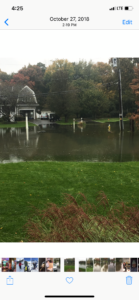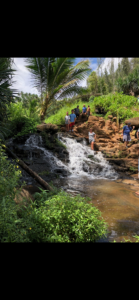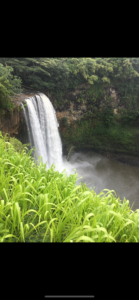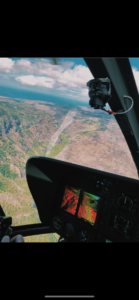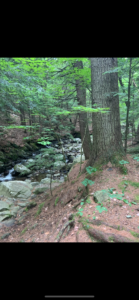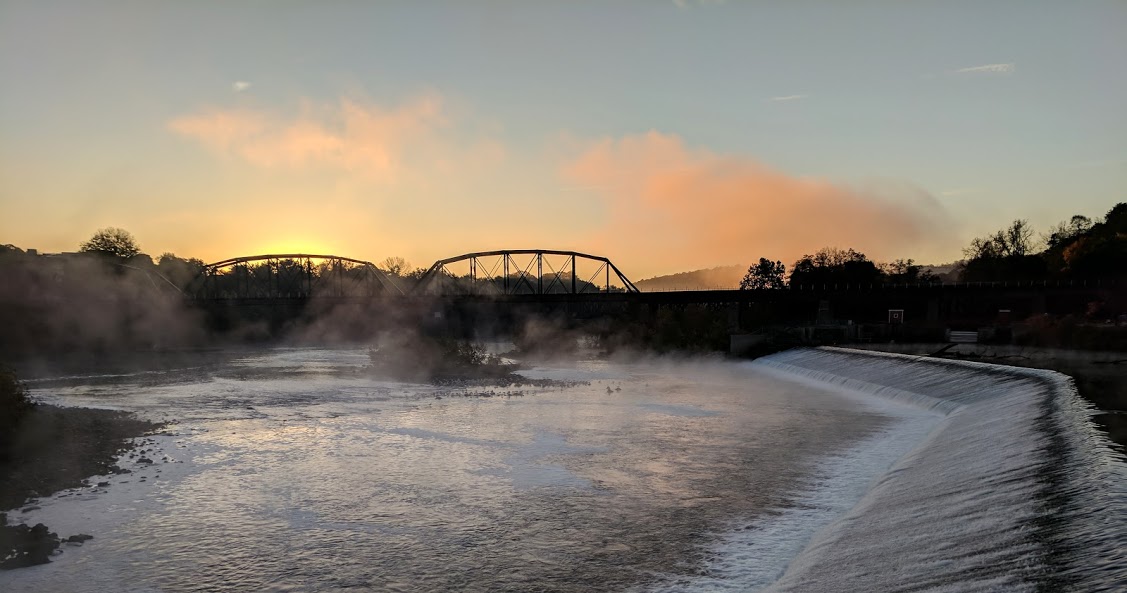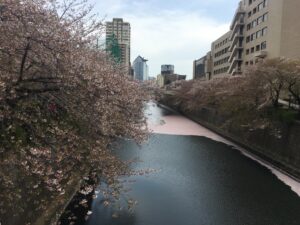
The river above is found in Tokyo, Japan, running straight through the city. I took this image while visiting Japan in 2017. It is one of many rivers that run through Tokyo, and is well maintained, with its banks being extensively landscaped as to serve as an urban green space for the local urban community. It is a popular site for Cherry Blossom viewing during the spring and summer seasons. Close to the source in Setagaya, the river is actually split vertically into two: part of the river feeds into a large, underground storm drain, while the upper portion is landscaped to serve as a green space in the compact urban environment of Tokyo.
